There are two species that we call by this name: the Greater Sage Grouse, and the Gunnison Sage Grouse. Because the Greater Sage Grouse is better known than the other species, this article will focus only on this species.
This species lives in the northwestern United States. Their most distinguishing feature is the white ruff of feathers around their neck and chest. Read on to learn about the sage grouse.
Description of the Sage Grouse
These are undeniably interesting-looking birds, particularly the males. A displaying male has a tail like a tiny peacock, and a luxurious white ruff of feathers, which looks like a feather boa.
When they are not displaying, their chest feathers flatten against their bodies, and their tails lie down. These are relatively large birds. Most individuals are between 22 and 29 in. long, and weigh up to 6 lbs. or so.
Interesting Facts About the Sage Grouse
These birds are interesting-looking, but they also have quite interesting behavior. Learn about their various traits and adaptations below.
- What The Lek? – Males have a tough go at breeding. Instead of pairing off with a single female, many different males congregate and attempt to impress the females in a display called a “lek.” Females only pick the best male, and a single male can breed with many different females. The females often overlook the other males.
- Lekking Grounds – Before the breeding season begins, all the males travel to a single area, known as the lekking grounds. A single population of birds usually uses the same location year after year.
- Airhead – To start their display, males inhale large amounts of air to puff up their chests. This air also serves as a method of making louder noise. The males also make booming calls by forcing the air out of their esophagus.
- Deadbeat Dad – Once he has bred with the female, the male simply moves on to the next potential mate. Females perform all the nest building and parental duties on their own.
Habitat of the Sage Grouse
This species’ favorite type of habitat is sagebrush. There are several types of sagebrush habitats, primarily sagebrush steppe. Some other frequently occupied habitats include wetlands, fields, meadows, and more. It is also common for this species to live in agricultural areas.
Distribution of the Sage Grouse
These birds used to live across much more of the western United States. Nowadays, their native range has shrunk significantly around the edges. In the west, they live in California, Oregon, and Washington. In the east, they live from southern Alberta and Saskatchewan down through Montana, Wyoming, and Colorado.
Diet of the Sage Grouse
Young sage grouses eat more insects, and gradually move over to an herbivorous diet. Their favorite food is sagebrush, but they also eat dandelion, and a variety of grasses. Especially during the winter, sagebrush makes up nearly all of their diet.
They eat leaves, flowers, buds, and other soft plant parts. While young, they feed on ants, grasshoppers, spiders, beetles, and more.
Sage Grouse and Human Interaction
Humans have hunted this grouse species for many years, and recently birdwatchers have also taken interest in the sage grouse.
Unfortunately, habitat loss is quite damaging to this species. In areas with unhealthy prairies, these bird’s populations decrease. Because of this, the IUCN lists this bird as Near Threatened.
Domestication
Humans have not domesticated this bird in any way.
Does the Sage Grouse Make a Good Pet
No, this species does not make a good pet. They are wild birds, and it is illegal to capture one or own one as a pet.
Sage Grouse Care
In zoos, breeding programs are especially important to maintain wild populations. Captive bred birds are selected for their genetic diversity, and zookeepers release their offspring into the wild.
Those in zoos are ambassadors for their species. Zookeepers teach the visitors about this species and how habitat destruction is causing their decline.
Behavior of the Sage Grouse
The most noteworthy behavior of this species is their lekking behavior. Large groups of males congregate in an open area, and perform dances and displays for the females.
Females choose their mates based on which male is the most impressive. Several different females often choose the same male to breed with, mating and then going to build her nest and raise her chicks.
Reproduction of the Sage Grouse
Females build their nests on the ground, and lay about seven eggs in them. It takes nearly a month for the eggs to hatch. Once the young chicks emerge, they quickly begin following their mother.
The mother shows her chicks how to find food and protects them from predators. Once fall arrives, the chicks leave their mother to join all male or all female flocks.



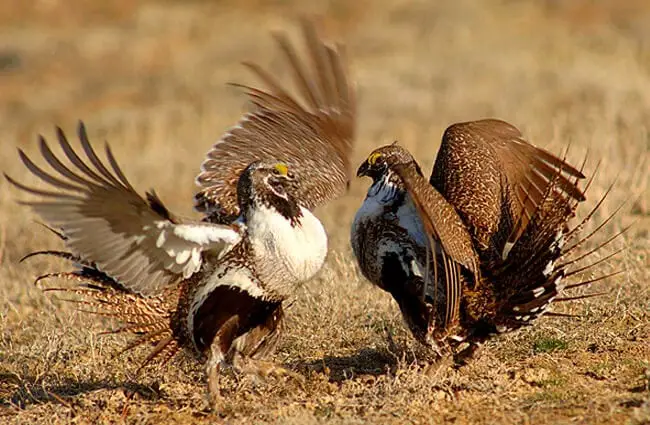

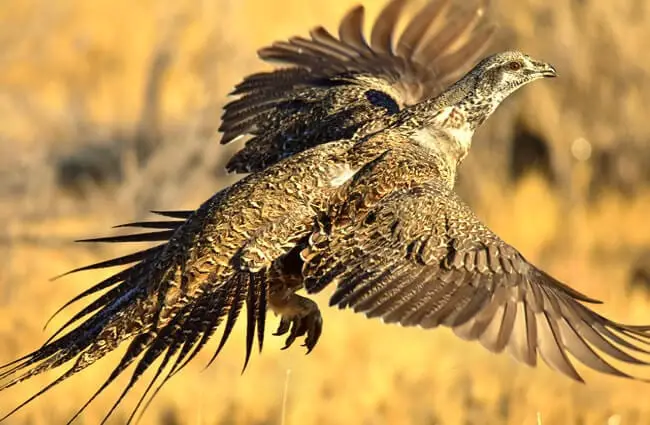
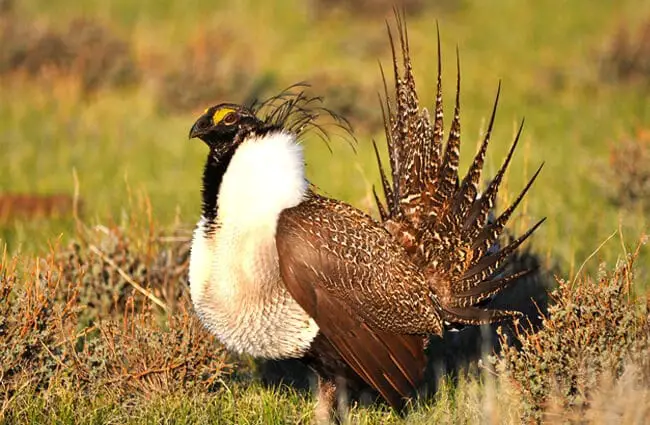
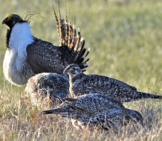

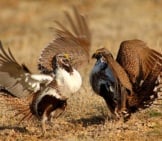
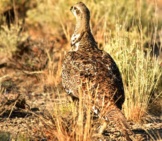
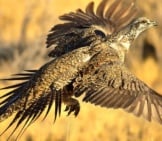

![Red Angus Closeup of a beautiful Red Angus cowPhoto by: U.S. Department of Agriculture [pubic domain]https://creativecommons.org/licenses/by/2.0/](https://animals.net/wp-content/uploads/2020/03/Red-Angus-4-238x178.jpg)












![Red Angus Closeup of a beautiful Red Angus cowPhoto by: U.S. Department of Agriculture [pubic domain]https://creativecommons.org/licenses/by/2.0/](https://animals.net/wp-content/uploads/2020/03/Red-Angus-4-100x75.jpg)

